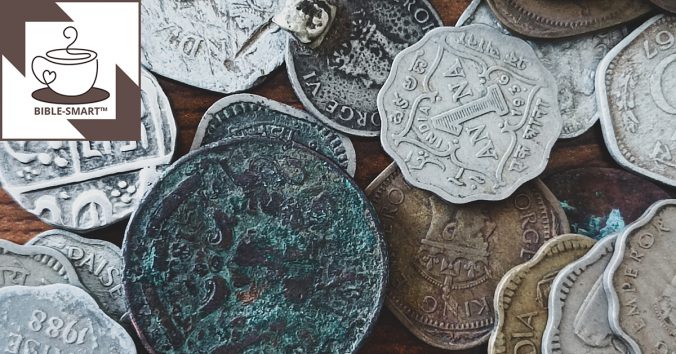Scripture: Matthew 19:16–30
We don’t actually know much about the unnamed man who approached Jesus and asked, “What good deed must I do to have eternal life?” (Matthew 19:16). The few facts we have are gleaned from this passage and parallel accounts in Mark 10:17–31 and Luke 18:18–30.
Matthew observes that this rich man was young, indicating he was at least younger than that disciple—perhaps in his late teens or early twenties. The young man also had many possessions, which in that society likely meant substantial holdings in land and other property. Because of his young-ish age, it’s realistic to assume that he inherited that wealth rather than earned it himself.
Luke tells us the man was “very rich” (Luke 18:23), which would convey the impression that, in addition to his lands, he’d probably inherited a large store of money that was now at his disposal. Luke 18:18 also reveals that he was “a religious leader,” (or “a ruler” in other translations). So perhaps he was now stepping into his predetermined role as a leader in the community and provider for his family. Maybe he saw Jesus as some kind of wise father figure who could give good advice to help him succeed in these new responsibilities.
Mark reinforces the characterizations of Matthew and Luke, adding the detail that the young rich man “knelt down” in front of Jesus (Mark 10:17). This showed he was well trained in the protocols of religious hierarchy.
All these things taken together suggest that this rich man, the young ruler, was possibly an up-and-coming leader among the Sadducees, an influential aristocratic group in Jesus’ day. They were the religious and social elite, holding significant wealth and power in Israel. Still, the gospel writers never specifically call this young man a Sadducee, so that’s only speculation.
SMB 112
“Who was this rich man that came to Jesus?” is reprinted from Bible-Smart: Matthew © 2023 Nappaland Communications Inc. Published Tyndale House Publishers/Rose Publishing. All rights reserved. Reprinted by permission.
Have a question about the Bible? Use the Ask link to submit your question for future consideration on Bible-Smart.com.
Looking for more? Check out these links:



















